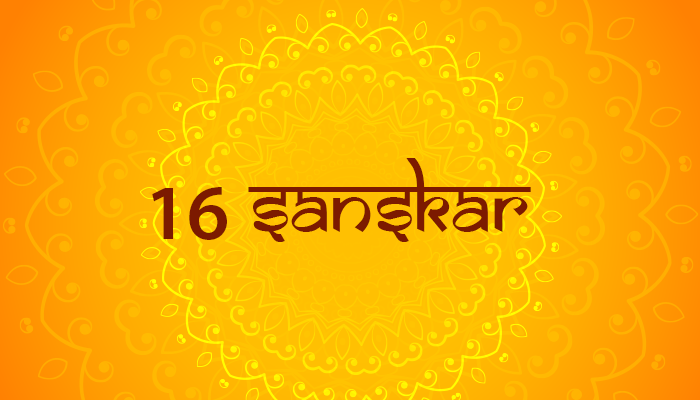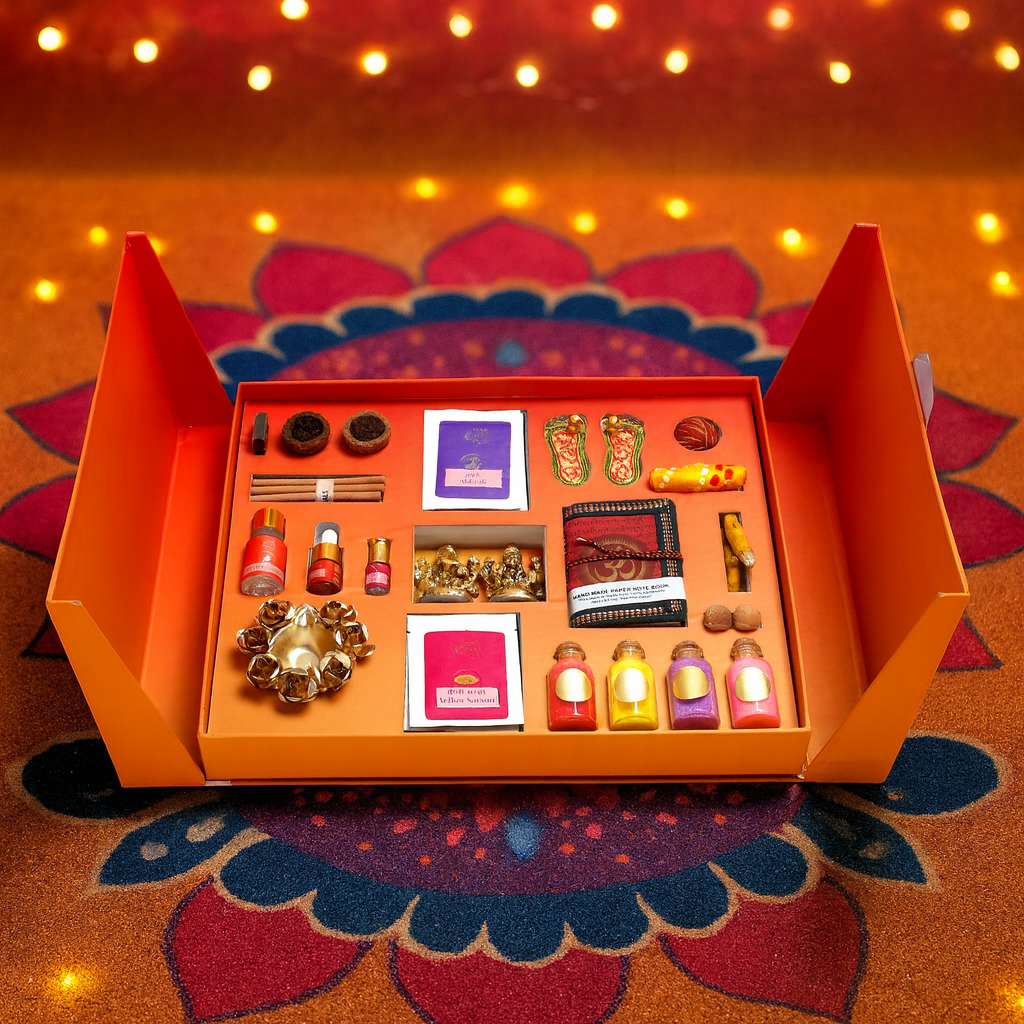In Sanatan Dharma, a tradition of 16 rites has been established to make life spiritually pure and rich. These rites depict the various stages of a person from his birth to his death and are considered helpful in the spiritual advancement of that person. Let us know about these 16 rites in detail.
- Garbhadhana Sanskar
This rite is performed by couples with the desire to have children so that a good and virtuous child is born.
- Punsavan Sanskar
This rite is performed in the third month of pregnancy of a married woman. It is performed for the good health and intellectual development of the fetus.
- Seemantonnayan Sanskar
This rite is performed in the sixth or eighth month of pregnancy and is very important for the mental and physical health of the mother and the child.
- Jatakarma Sanskar
This sanskar is performed immediately after the birth of the child to pray for the healthy and prosperous life of the newborn.
- Namkaran Sanskar
The naming of the child is done through this sanskar on the tenth or twelfth day of birth.
- Nishkraman Sanskar
This sanskar is performed when the newborn is taken out of the house for the first time to establish his relationship with nature.
- Annaprashan Sanskar
The sanskar of feeding food (rice, kheer etc.) to the child for the first time is performed at the age of six months.
- Mundan Sanskar
This sanskar is performed when the hair of the head of a boy or girl is shaved for the first time. This sanskar is considered a symbol of purification of the child.
- Karnavedh Sanskar
This ritual of piercing the ears of a child is done from a religious and Ayurvedic point of view. In Sanatan Dharma, the importance of piercing the ears of both son and daughter has been told.
- Vidyarambh Sanskar or Upanayan Sanskar
This ritual performed to start the education of the child. This rite is dedicated to Mother Saraswati. In this ritual, the child is made to wear Yagyopaveet (Janeu) and is admitted to Gurukul. This is a ritual which is rarely seen in today’s time.
- Keshantha Sanskar
In this ritual, the child reaches Gurukul and donates his hair to his Guru as Dakshina (fee or donation). This is considered a symbol of the fact that as long as the child receives education, he will follow celibacy.
- Samavartan Sanskar
This sanskar is performed after the completion of Gurukul education, so that the student can be prepared for married life. In this sanskar, the boy who has reached the youth age has to take an Aabhritha bath, which shows that from now on his time of observing celibacy is over.
- Vivah Sanskar
This sanskar of starting married life between a man and a woman shows new responsibilities in life.
- Vanprastha Sanskar
In this sanskar, the person takes a vow to renounce the married life in the latter part of life and go to the forest for penance and study. It shows the process of gradually becoming detached from the world.
- Sanyas Sanskar
In this sanskar, the person renounces all worldly attachments and responsibilities and takes sanyaas only to attain self-knowledge and salvation. This is considered the last step towards spiritual awakening and salvation.
- Antieshti Sanskar
This sanskar is performed after death for the liberation of the soul and attainment of salvation so that the soul cannot enter the body again and does not get trapped in the web of attachment and illusion after coming back to the body.







